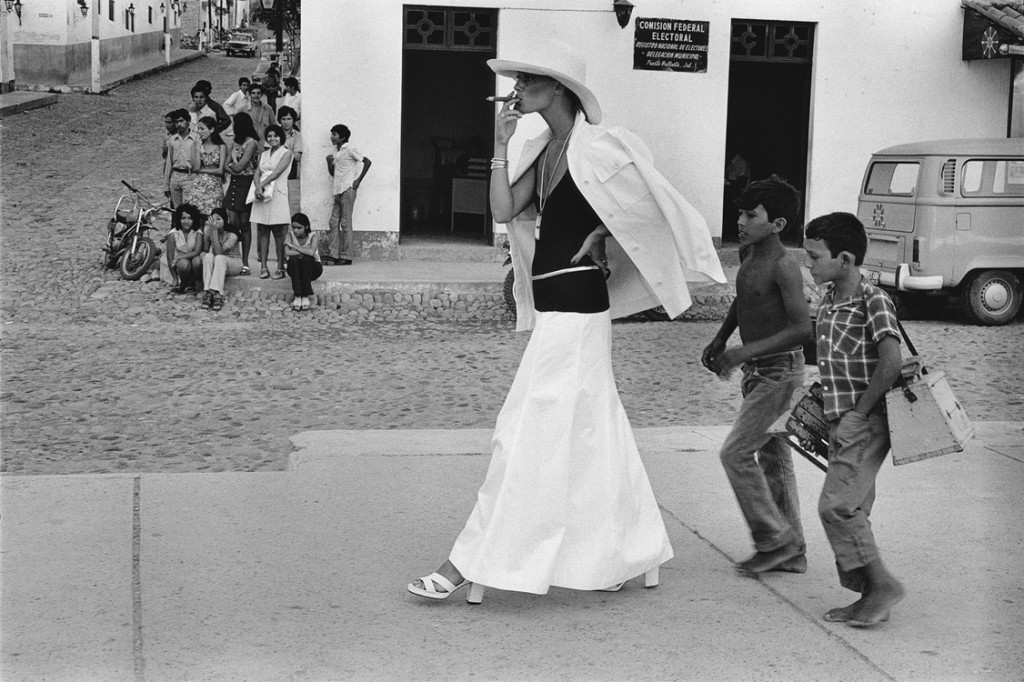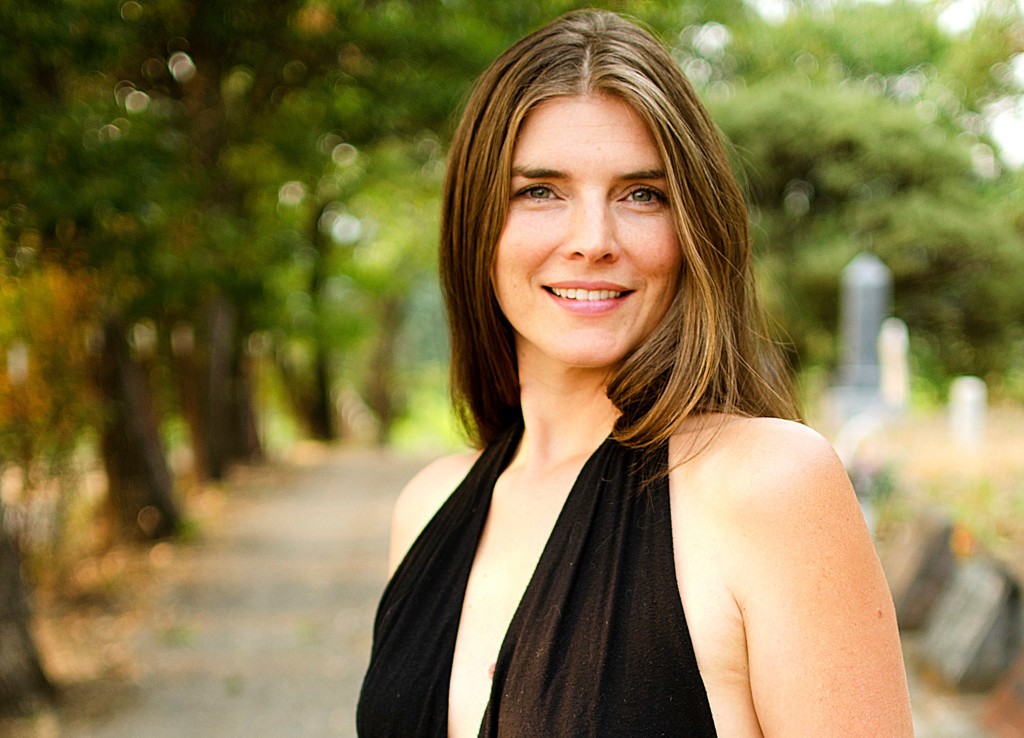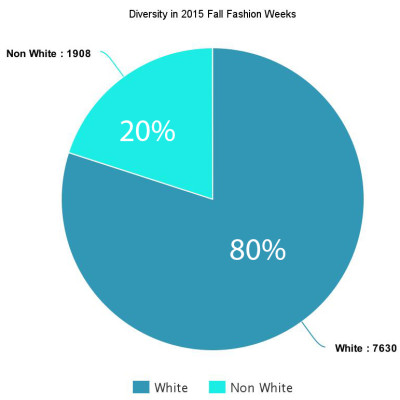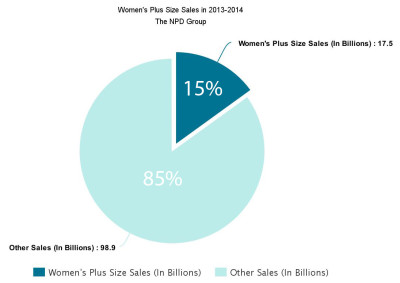A measuring tape sits among sample sized beauty products on a crowded shelf in my bathroom.
“Can I use it?” my roommate, and older cousin, Anushka asked recently, just before the beginning of New York Fashion Week (FW16). She grabbed the tattered cloth measuring tape off the shelf. It had recently stopped retracting back into its case. After so many years of use, even the tape was tired of my routine.
Anushka shimmied out of her pajamas and wrapped the tape upside-down around her hips. “26?” she read, only to pause in confusion and ask, “Am I doing this right?”
She handed me the tape and I pulled it tightly around her, as I had done to myself at least once a week for the last four and a half years. “35,” I read.
“Is that alright?” she asked.
“Standard,” I said. At least, that’s the “standard” in Anushka’s and my line of work: fashion modeling. I’m a third generation model, a legacy of two generations of model-photographer couples.
For three generations, “fashion” has occupied my family’s narrative. Otto Stupakoff, my grandfather on my father’s side, was a fashion photographer from Brazil, whose work can be found in the permanent collection of the Museum of Modern Art in NYC. My grandmother on my father’s side, Margareta Arvidsson, won the Miss Universe beauty pageant in 1966, representing Sweden. Both my father and Anushka’s worked as photographers, and our mothers modeled in the ‘80s and ‘90s. And now, at 18 years old, I’ve been working as a model for nearly five years.

Among the women in my family, “size” is discussed more often than “fashion”, as the industry standard for female fashion models is a size 0-4 (A 35-inch hip equates to a size 0-4, depending on the designer).
That doesn’t come close to the average American woman’s size.
The New York Times reported, from data collected by the Plunkett Research Ltd, “the average American woman wears a size 14, and women wearing size 14 and up account for 67 percent of the population.”
Despite the disconnect between industry standards and national averages, 35 inches is still the standard. My hips were 35 inches when I began modeling at 14. Since then, I’ve spent most of my career trying to stay the same size.
During my first two years working in the industry, my weight fluctuated. I would lose weight quickly and then gain it back just as fast as I had lost it. The summer I turned 15, I lived off of carrots and egg whites — and spent my days running miles in the Miami heat. I lost more than two inches in my hips in two weeks.
In turn, I developed anemia, low-blood pressure, and began fainting during exercise. I was so weak that my family believed that I had some undiscovered illness. Within a couple months I’d visited a blood specialist, a homeopathic doctor, a cardiologist and a pediatrician – who then referred me to a neurologist and lastly, a psychiatrist.
In the end, I discovered that there wasn’t anything inherently wrong with my health, but that fluctuating weight and mental stress were taking a toll on me.
Sitting in all of those doctor’s offices, my mind wandering to the worst-case scenario, served as a wake up call. I began to prioritize my health over maintaining a low weight. My mother, Renee Jeffus, a model for Covergirl cosmetics in the late 1980s, encouraged me to find a healthy balance. But it took a couple years to get to a place where I truly felt healthy again.
My mother described her own experience with weight as “excruciatingly painful”. She began dieting at 12 years old, when she entered a “modeling school” in Nebraska where she was taught, among other things, to stay thin. She struggled with bulimia throughout her late teens and, as a result of having gained weight, lost her five year contract with Covergirl.

My grandmother, Margareta Arvidsson, was spurned for her weight as a model in the 1970s, even though at one point while modeling she only weighed 95 pounds before being diagnosed with Addison’s disease (a rare chronic endocrine disorder). “Eileen Ford called me fat as an elephant,” she said. (For those of you not in the business, Eileen Ford founded the modeling agency Ford, which today is still an influential modeling agency.)
Many models, particularly those who begin working at a young age — like I did — are influenced by the rigid standards of weight in fashion. Model Alliance (an organization that advocates for changes in the laws surrounding modeling and models’ rights such as protection of underaged models, and provides access to healthcare, and resources for reporting sexual assault and modeling scams) compiled their most recent data on things like eating disorders and substance abuse in modeling here.
In a hopefully positive turn, laws concerning modeling have been changing recently. In 2013, New York State passed legislation that defines models under the age of 18 as “child performers”. The law requires permits (both for the employee and the employer) and that a trust fund be established in the model’s name.
However, that legislation only extends to child models in New York, and legislation in other states is nonuniform. As of November, New York State representative Grace Meng is looking to make protection of child performers a federal matter with the introduction of the Child Performers Protection Act of 2015.
The Council of Fashion Designers of America’s most recent health initiative guidelines are admirable in their effort to promote health above image. More recently, in December, France joined Isreal, Italy and Spain, and passed a law that aims to keep underweight models off the runway and requires that photoshopped images be labeled “touched up.”


I find fashion to be a lively industry that is filled with impressive, creative people – despite the problems.
But if the industry has so much growth to do, why do I keep modeling? I asked my mother the same question, since she went back to modeling in her late 30s. “It’s completely natural, as women want to be celebrated for our beauty,” she said.
When in front of the camera, modeling can become a sort of meditation. There are moments when I feel fully present and in tune with my body.
I also can’t deny that there is a thrill that comes from seeing your face in a major publication, or on a billboard. I’ll never forget my first magazine cover for Kid’s Wear and the sense of accomplishment that came with it.
Besides, there is the most blatant truth of all: modeling pays. Before modeling, I never considered college as a real option. I grew up in a single parent household, and although we never went hungry or homeless, we were oftentimes living below the poverty line. Because of modeling, when I leave college, I won’t be in debt.
But I still worry about letting my worth get too tied up in my size.
My mother’s biggest concern was that I’d lose the other parts of myself while modeling. “Instead of women having a creative voice, or a political voice, a woman’s identity can get dwindled down to one thing: her body,” she explained.
So even though I still keep my measuring tape on my bathroom counter – I don’t feel the need to dwindle myself down any further.







